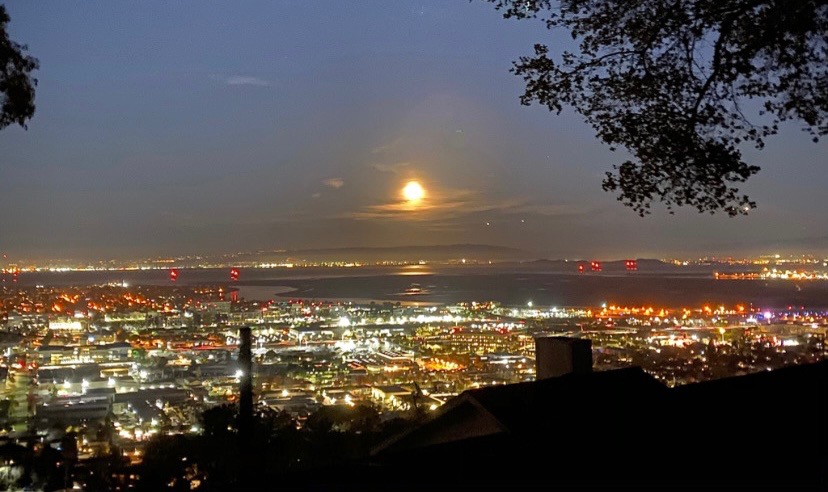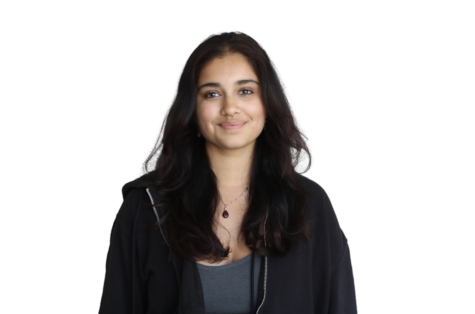San Francisco and San Mateo counties have been put under a curfew after they officially entered the purple tier in Gov. Gavin Newsom’s Blueprint for a Safer Economy plan on Nov. 28.
Within the new restrictions, indoor gyms, churches, and cinemas are only allowed to operate outdoors, and retail locations have to lessen their capacity to 25% for shoppers and workers’ safety.
The curfew prohibits non-essential work and gatherings from happening from 10 p.m. to 5 a.m. Still, the curfew does not affect people going to and from work or other activities like grocery shopping, food delivery, dog-walking, or helping a community member in emergencies.
Previously, San Francisco’s Public Health Director Dr. Grant Colfax had warned the public that the city inevitably was headed towards the most restrictive tier, and it was only a matter of time until it moved there. San Francisco’s health department says its daily COVID-19 cases have nearly quadrupled in the past month.
Counties in the purple tier report more than seven new daily cases per 100,000 residents and have positivity rates above 8%. As of Dec. 1, 52 out of the 58 total counties in California are in the purple tier, contributing to the total of over 1.3 million confirmed cases of COVID-19 in the state.
“We must take decisive action now — as a City and as individuals — to stay ahead of this virus,” Colfax said in a statement. “The assignment by the state to the most restrictive tier is indicative of how widespread this virus is. We need everyone to be diligent, or further rollbacks of activities may be necessary.”
San Francisco County’s case rate per 100,000 residents continues to rise steadily. As of Nov. 20, public health data showed the case rate at 15.7 per 100,000 residents with 137 cases per day on a seven-day average.
“This is about protecting ourselves, our families, and our community, and getting us to a better place so we can get people back to work and support our small businesses,” said London Breed, the mayor of San Francisco. “Every single person needs to do what they can over the next few weeks.”
According to The Los Angeles Times, San Francisco had over 300 new cases of COVID-19 on Dec. 7 alone compared to 73 in the first week of November. Health officials say the current surge of cases is more aggressive and widespread than previously experienced.
As for San Mateo County, the increase of cases are no less after reporting 188.6 new cases per day, a 78.9% increase from two weeks ago.
On Nov. 26, Newsom reported that in attempts to slow the spread of COVID-19 in areas with less capacity to treat the infected, they would likely receive heavier restrictions.
In a statement, Newsom said he was “pulling the emergency brake” to help California through a third surge; he hopes it will be the last before a COVID-19 vaccine is widely accessible.
“The bottom line is if we don’t act now, our hospital system will be overwhelmed. We’ll continue to see a death rate climb, more lives lost,” Newsom said in a statement.
The orders will remain in effect for at least three weeks after the state issued them and will be lifted when the surge declines.
“There is light at the end of this tunnel. We are not in a permanent state,” Newsom said.






















